DO
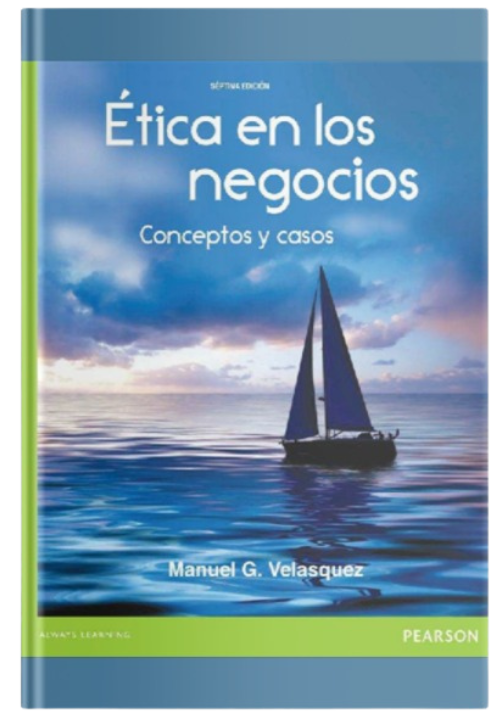
ETHICS IN BUSINESS. MANNUEL G. VELASQUEZ
It is one of the most widely used and widely accepted textbooks on the subject among students, due to its accessible style and clarity when explaining complex theories and concepts. Expressing ideas lucidly without oversimplifying them is a major challenge for textbooks in this field (as any teacher who has looked at several of them knows). Instructors who have used the previous editions consider this book to be an outstanding job in meeting this challenge, while offering an excellent balance between ethical theories and managerial practice.
But the world does not stop. Not only have technologies, organizational forms and management practices changed in recent years; The understanding of ethical reasoning has also evolved, as new moral issues pose unusual challenges to companies. So it was necessary to revise the text, and give fresh and updated treatments to these and other ethical issues that endure in business. To facilitate the study of such matters, this edition incorporates a number of valuable and engaging teaching resources, including:
Six new cases and seven updated end-of-chapter cases.
Twelve all-new brief cases and six updates to the “On the Sidelines” section in the body of the chapters.
Eight new illustrated brief cases.
New analysis on: Moral reasoning, corporate social responsibility, impediments to moral behavior, influence of unconscious processes on moral behavior, globalization, technology, price wars, the fraud triangle, sustainability, the value of work, recent scandals in business and much more.
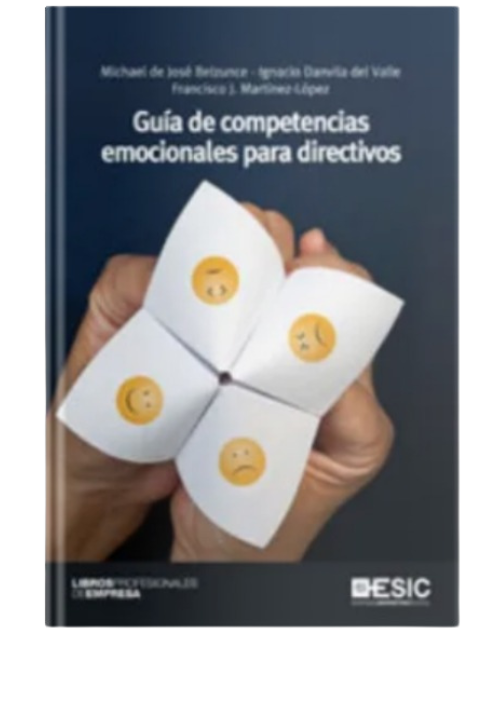
GUIDE TO EMOTIONAL COMPETENCES FOR MANAGERS. MICHAEL DE JOSE BELZUNCE
Many books on the subject are available to those interested in applying emotional intelligence to their work. However, there is no book for business managers that compiles and explains, exhaustively, all the emotional competencies: this is the spirit in which this work has been prepared, also making it more up-to-date by incorporating the latest advances in neuroscience, positive psychology and business praxis. This multidisciplinary and innovative vision broadens its field of interest not only to managers of organizations, but also to managers of teams of people, researchers, educators, etc.
The authors also explain that 21st century Leadership must expressly incorporate emotional competencies into its definition, and propose a new way of making its implementation more efficient, contributing and developing the concept of competency clusters.
These theoretical-practical approaches are especially relevant in the current context: their authors are Spanish and incorporate a study carried out on Ibex-35 companies where clues are given about the most necessary emotional skills to get out of the crisis.
Any crisis can be overcome in less time and at a lower cost if those who are responsible for managing companies or their business areas are able to become better leaders, effectively developing both technical and emotional skills within a context of ethical values centered on the dignity of the person.
Index:
Introduction.- Previous notions about Management: a historical vision of its evolution.- Conceptual approach to emotional intelligence.- Management skills.- The role of emotions in behavior.- Proposal for a comprehensive model of management skills.- Underlying emotional competencies.- Basic emotional competencies.- Executive emotional competencies.- Emotional competencies demanded by IBEX-35 companies from their managers in a context of crisis.
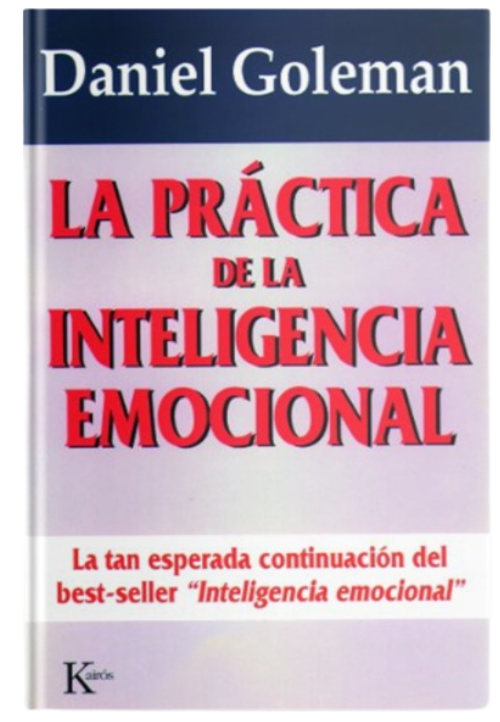
THE PRACTICE OF EMOTIONAL INTELLIGENCE. DANIEL GOLEMAN.
In his best-seller Emotional Intelligence, Daniel Goleman explained that a person’s success did not depend 100% on their IQ or their academic studies. What matters most is the level of emotional intelligence. The following describes what it means to transfer this emotional intelligence to the work environment.
Emotional intelligence, as Goleman points out, is the ability to recognize one’s own feelings and those of others, in order to manage emotions well and have more productive relationships with those around us.
In this book you:
You will discover why emotional intelligence contributes to everyone’s professional success.
You will understand why emotional intelligence has a great impact at the managerial level and makes the difference between mediocre and true leaders.
You will explore the 25 personal and social skills to be a star performer in any type of job and business.
It will analyze through cases and research the studies that have proven that “soft skills” are very important in companies.
Beyond the experience
The rules in the world of work are changing, people are now judged based on a new canon: not just how smart, trained or experienced they are, but also how well they can manage themselves and others.
Dimension 1: Self-awareness
Self-awareness is the first dimension of emotional intelligence. This dimension is vital to achieve the acquisition of the three competencies that comprise it:
emotional awareness
People who possess this skill know how to recognize their emotions and why they are feeling them; recognize how…
Dimension 2: Self-regulation
Self-regulation is a key dimension in emotional intelligence. It is related to the pre-frontal part of the brain, an area of “working memory” – it has the ability to pay attention, remember information and make decisions.
This memory works best when the mind is calm; but when an emergency arises, the brain switches into a protective mode, putting the entire system on alert. During the emergency, the brain reduces creativity, and long-term planning, to focus on the urgency.
Dimension 3: Motivation
Many of the best performers are not motivated by money alone. A study of more than 700 business professionals and executives found that the greatest source of motivation was the creative challenge and stimulation of work in…
Dimension 4: Empathy
Of all the skills, empathy is the key to understanding and appreciating other people’s feelings. It is the basic dimension for all the social competences that are important in the work environment.
understand others
Dimension 5: Social skills
The last dimension of emotional intelligence involves mastering social skills.
Influence
People who have this competence know how to win people over; they know how to deliver presentations that engage listeners, build consensus, and garner support.
conclusion
The dimensions and competencies of emotional intelligence may seem difficult to master and acquire – the good news is that emotional intelligence can be learned. Individuals can identify the skills they need to upgrade and then work to improve those…
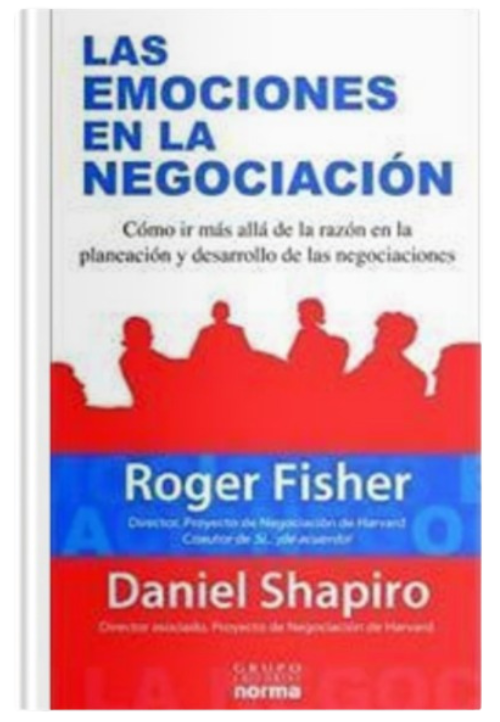
EMOTIONS IN NEGOTIATION. ROGER FISHER
Emotions in Negotiation offers simple and compelling advice for managing emotions, even in the most difficult negotiations. You will discover five ‘core expectations’ that drive many, if not most, of the emotions that go into negotiation. And most importantly, instead of feeling powerless in the face of them, you’ll learn how to stimulate positive emotions and overcome negative ones. This book is based on the work of the Harvard Negotiation Project group, the same group that produced the bestseller Get to Yes, co-authored by Roger Fisher.
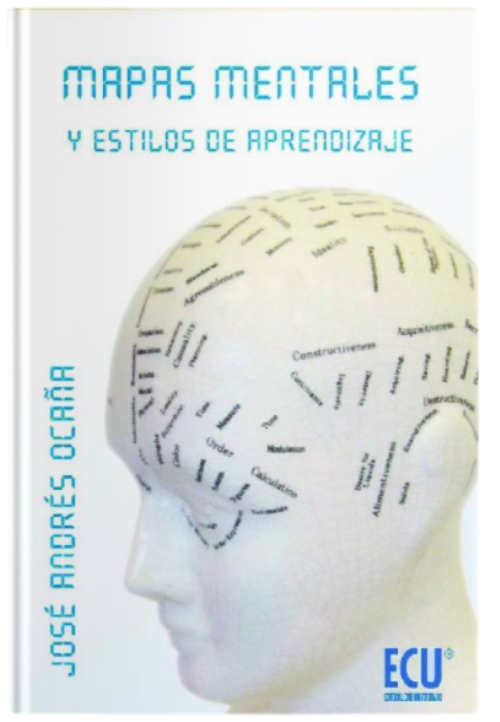
MENTAL MAPS AND LEARNING STYLES. JOSE ANDRES OCAMPO.
Know how to learn and your strengths for learning. – Know how they can motivate themselves and have the self-esteem necessary for success. – Know what they should consider regarding the importance of food, sleep and the appropriate environment for Learning. – Know some of the specific strategies they can use, for example: to improve their memory or make sense of complex information. – Know what habits they should develop, which are reflected in their learning and improve it. – Discover that visual learning, as the number of concepts increases, allows the memory to maintain that knowledge for longer. The techniques used can help increase perception even in people with attention problems. – Discover what your Learning Style is.
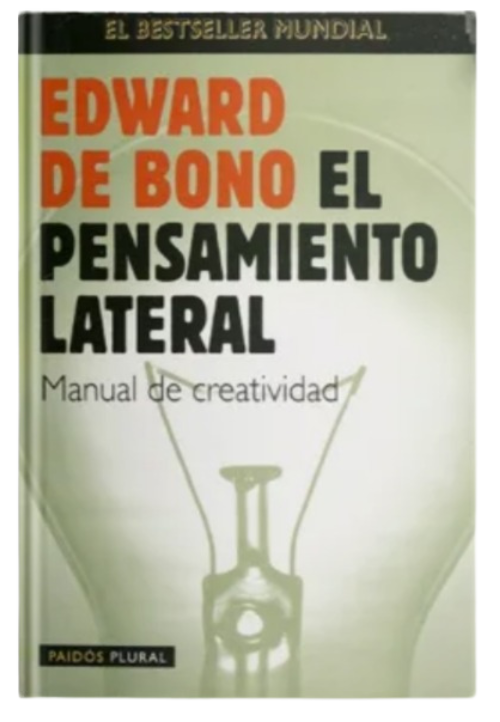
CREATIVITY. SIDE THINKING. EDWARD DE BONO. TECHNIQUES TO IMPROVE THE ANALYSIS
Creative thinking is a skill that can be learned just like other disciplines, such as mathematics or music. Creativity is sometimes seen as the task of those people who have a special natural talent or possess a certain amount of madness. This is a wrong belief. Creativity is necessary to reveal the potential of a company and its members. It allows us to go ahead and search beyond known patterns or established paths. It enables us to achieve changes that are not limited to going to the tune of the competitors and placing ourselves in the place of the innovators of ideas.
The application of creativity is not as easy as it may seem to some people who believe that it is enough to organize a “brainstorming” session from time to time, or to ask the members of the firm to present suggestions. Unless the application is properly controlled, creativity can become a kind of peripheral luxury, of little importance to the operations of the organization. Creativity, however, is of serious importance, and that importance will grow more and more. Serious creativity is necessary and it is imperative to apply it creatively. To do this, we will see some of the most powerful techniques and methods to help develop creative thinking, even in those people who have never considered themselves especially apt for it.

SIX HATS TO THINK. EDWARD DE BONO
When a person is faced with a decision-making process, their mind begins to contemplate a series of reasons and emotions that lead them to opt for an alternative. This strange mental process in which the individual compares the advantages, disadvantages, facts, feelings and other relevant information is very difficult to explain or simulate. Consequently, what occurs naturally in the human brain tends to be extremely complex when, for example, we try to apply it to a collective decision. It is not surprising that in these cases confrontation arises, that each participant tries to take their side and that many do not want or are not able to assume the perspective of others.
Well, the six hats method simply reproduces, in a simpler way, the processes that take place in our minds when we make decisions, turning them into something systematic and public. To simplify thinking, this method proposes that things be dealt with one by one, and that all participants coordinately focus on what is being studied. Thus, not only the change of attitude is facilitated -for which it is enough to ask for a change of hat-, but different points of view are organized and an enriched map is created to make better decisions.
Each hat symbolizes a way of seeing, a specific way of thinking, which is not so concerned with describing what has already happened, but trying to glimpse what is to come. As it is an accepted convention, which responds to certain specific rules, the use of hats allows one to freely express what the logical rationality of the West tends to censor and, at the same time, contributes to limiting and making better use of certain forms of thought that are typical of said rationality, but that generally lead to fruitless discussions and confrontations. When thinkers have incorporated the rules of this method and the use of hats has become a kind of common language, the exercise of thinking will achieve wonderful and unexpected results.
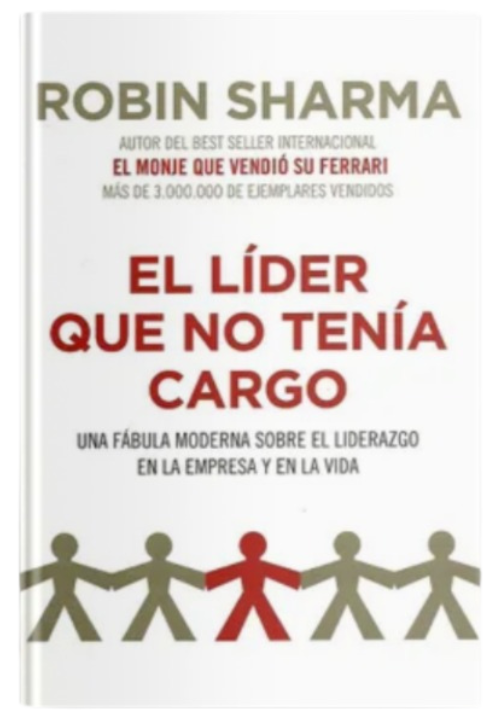
THE LEADER WHO HAD NO POSITION. Robin Sharma
Sharma shares his exceptional knowledge with all his readers. By following his advice, you will be able to perform as the best in your field while at the same time you will contribute with your talent to help your company reach the highest goals, something that is essential in the turbulent times we are living through.
It does not matter where you are in the business organization chart or what your personal circumstances are. The fundamental thing is that you have the ability to demonstrate that you are a leader. Wherever you are in your profession or in your life, you should always give your best. This book will teach you how to harness this extraordinary force while transforming your life and the world around you.


